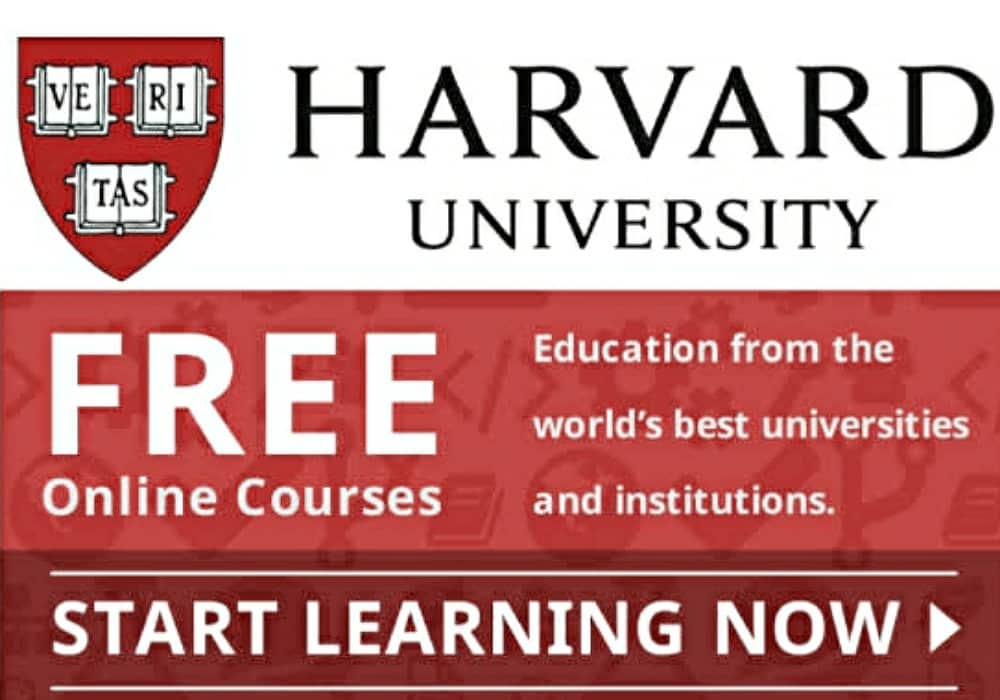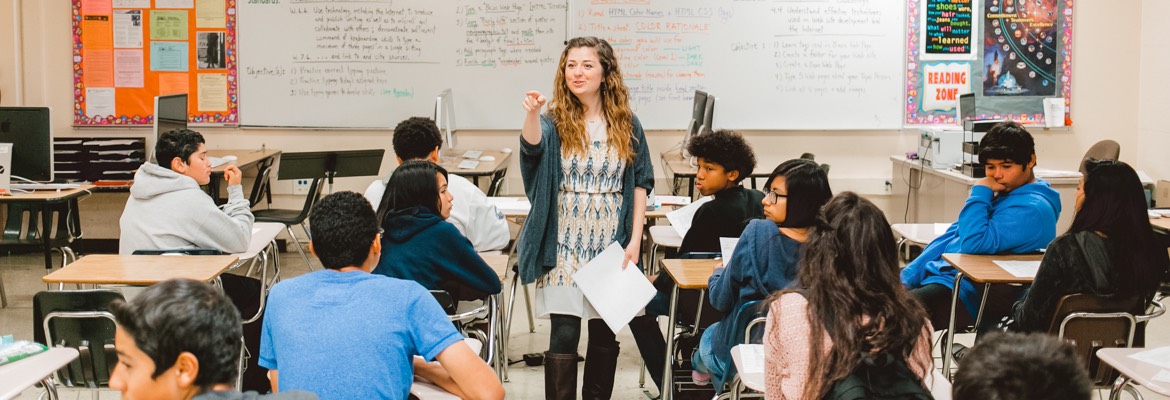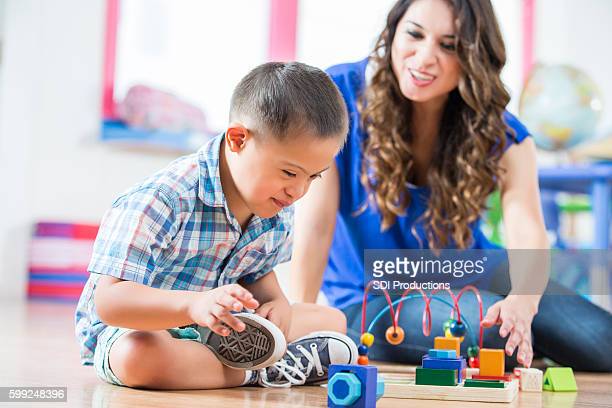
If you're looking for a quality education in New York, charter public schools may be a great option. There are 278 Charter Schools in New York. They serve 139.129 students. There are many great options so you can be certain to find one that meets your child’s needs.
Success Academy Harlem 1.
Success Academy Harlem 1 charter school is home to 1,184 students, making it one of the top 30 New York City charter schools. High academic achievement is achieved due to the school's strict structure. Students exhibit exemplary behavior. Students are highly satisfied with the education they receive.
Success network schools have a strict uniform policy. There are no union teachers. School days are longer and there is no excuse for student failure. Parents are expected and required to actively participate in the education of their children. Attending charter school rallies, helping their children get to and from school, and submitting to parent-teacher conferences are just some of the requirements. Parents are also graded on the time they arrive on time to school and how often they attend conferences. The school provides snacks for younger grades every day. Students can also take block room and physical education classes, as well as art and music lessons. However, the school does not provide any foreign language classes for those in the youngest grades.

Kings Collegiate Charter School
The COVID-19 epidemic is having a major impact on Kings Collegiate Charter School's standard testing results. The school's goal is to improve student reading skills. The school offers two English language art classes per day. Students also have small group reading after lunch. All students receive a solid education at the school.
Kings Collegiate Charter School serves students from grades 5 to 8. It is part of the Uncommon Schools network. This charter network was created to aid low-income Latino and Black students in college. The school has a student-teacher ratio of 15.5 to one.
Brooklyn Prospect Charter School
Brooklyn Prospect Charter School in Brooklyn, New York is a public school serving 925 students in the grades K-12. The school is part the Brooklyn Prospect Charter Charter School district. It is ranked 314th in New York, and 1212nd in New York. The school is noted for its high academic standards, diversity, and excellence in teaching. Brooklyn Prospect Charter School offers excellent options for Park Slope students.
Brooklyn Prospect Charter School employs an international curriculum, which prepares students to become global citizens. They have a strong faculty and use the International Baccalaureate Program to teach students how to make a difference around the world. They also encourage a love of learning which is a foundation to success in life.

Dr. Richard Izquierdo Health & Science Charter School
Located in the South Bronx, New York, Dr. Richard Izquierdo health & science charter school is dedicated to providing a challenging and rewarding educational experience for its students. The school's graduates will be prepared for many careers in the healthcare industry, including EMT certification. The school boasts a student-teacher ratio (11:1).
It is ranked 17843 nationally. This is amongst the top 10% of all high school in the country. Over the last five years, its student population of 736 has remained relatively stable. It ranks amongst the top 10% in New York City Public Schools' math and reading proficiency.
FAQ
What is homeschooling?
Homeschooling refers to a way in which children are taught at home by their parents. It is also known by the names private education or self-education.
For families who wish to educate their children at home, homeschooling is an excellent option. This allows them access to a quality education while staying at home.
They educate their children right from birth through high school. They choose which subjects to study and how long each subject should last. Everything is learned by the student on their own.
When to start teaching children is up to the parents. Many schools recommend that children enroll in classes between the ages four and twelve. However, some families prefer to wait until their children are in kindergarten before they start teaching.
You can use any number resources to help your children through the curriculum. Videos, books, websites, magazines, and even magazines can provide valuable lessons.
Many families find homeschooling a great fit for their busy schedules. The parents can spend more time together than traditional public school teachers.
What is the difference in a university and college?
A university is an institution that offers higher education. It offers courses in various areas, both undergraduate and postgraduate.
A college is generally smaller and less respected than a university. It may offer fewer courses but often has its own specialist departments.
Who can homeschool?
Anyone can homeschool. There aren't any requirements.
Parents who have completed high school can teach their children. Many families decide to teach their grandchildren while they are still in high school.
Parents with less formal education can learn how to teach their children.
After completing certain requirements, parents can become teachers certified. These requirements differ from one state.
Some states require all homeschooled students to complete a test before graduation. Others do not.
Homeschooling parents must register their family with the local school district.
This involves filling out paperwork, and submitting it back to the school board.
After registering, parents may enroll their children into public or private schools.
A few states allow parents who are not registered with the government to homeschool their children.
If you live in one of these states, you will be responsible for ensuring your children meet the requirements of the state's compulsory attendance law.
What is a trade school?
Trade schools provide an alternative pathway for students who have not achieved success at traditional higher educational institutions to earn a college degree. They offer career-oriented programs that help students get prepared for specific careers. These programs allow students to complete two years' worth of coursework in one semester. Then they can enter into a paid apprenticeship program that teaches them a specific skill set and provides on-the job training. Trade schools are vocational schools and technical colleges, as well community colleges, junior colleges, universities, and other institutions. Some trade schools also offer associate degrees.
Statistics
- Among STEM majors, that number is 83.5 percent. (bostonreview.net)
- These institutions can vary according to different contexts.[83] (en.wikipedia.org)
- They are more likely to graduate high school (25%) and finish college (116%). (habitatbroward.org)
- And, within ten years of graduation, 44.1 percent of 1993 humanities graduates had written to public officials, compared to 30.1 percent of STEM majors. (bostonreview.net)
- In most developed countries, a high proportion of the population (up to 50%) now enters higher education at some time in their lives. (en.wikipedia.org)
External Links
How To
What is vocational education?
Vocational education prepares students for the workforce after high school. Students are trained in specific skills to be able to do a particular job such as welding. It also includes on-the-job training in apprenticeship programs. Vocational education differs from general education because it focuses on preparing individuals for specific careers rather than learning broad knowledge for future use. Vocational education's goal is to help students find employment after they graduate.
Vocational education can be offered at any level of schooling: primary, secondary, college, university, technical institutes and trade schools. In addition, there are many specialized schools such as culinary arts schools, nursing schools, law schools, medical schools, dental schools, veterinary medicine schools, firefighting schools, police academies, military academies, and other military schools. Many of these provide both academic instruction and practical experience.
In recent decades, many countries have made large investments in vocational training. However, the effectiveness of vocational education remains controversial. Some critics believe it doesn't help students get hired, while others claim that it helps prepare them for life after high school.
The U.S. Bureau of Labor Statistics has estimated that 47% of American adults hold a postsecondary certificate or degree related to their current occupation. This figure is higher among those with more education: 71% of workers aged 25-29 with a bachelor's degree or higher are currently employed in fields requiring postsecondary credentials.
According to the BLS, nearly half of America's adult population held at least one postsecondary credential in 2012. About a third of Americans were able to obtain a twoyear associate degree. Another 10% had a fouryear bachelor's. One out of five Americans held a master's degree or doctorate.
For those with a bachelor’s degree, the median annual income was $50,000. This is compared to $23,800 if you don't have one. The median salary for people with advanced degrees was $81,300.
The median wage for people who did not finish high school was only $15,000. Earn $13,000 per annum for those with less high school diplomas.